
Constructivism, as a current in art, is usually attributed to authors and artists from the USSR. At the same time, there is probably no country whose fashion designers would not try to adapt it in collections. At different times, Pierre Cardin, Yves Saint Laurent and other famous designers resorted to constructive fashion. 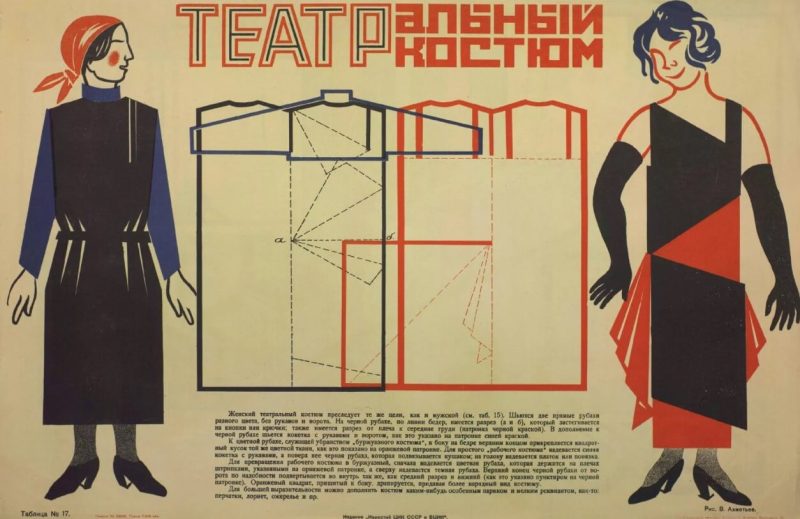 The basis of constructivism is geometry, clarity of forms, monolithic, and also - a certain asceticism, as a contrast to luxury. Things look innovative, experimental, so constructivism is often referred to as an avant-garde style. Constructivism is often seen as a counterpoint to deconstructivism with its raw cuts and broken forms, but this point is controversial.
The basis of constructivism is geometry, clarity of forms, monolithic, and also - a certain asceticism, as a contrast to luxury. Things look innovative, experimental, so constructivism is often referred to as an avant-garde style. Constructivism is often seen as a counterpoint to deconstructivism with its raw cuts and broken forms, but this point is controversial.
On the one hand, the style is original and original, as required by the avant-garde, on the other hand, the design is not always extravagant or flashy – the collection of 2014 from the designers Camelia Skikos and Whichkim, for example, was modest and monochrome, but in the tradition of geometrism.
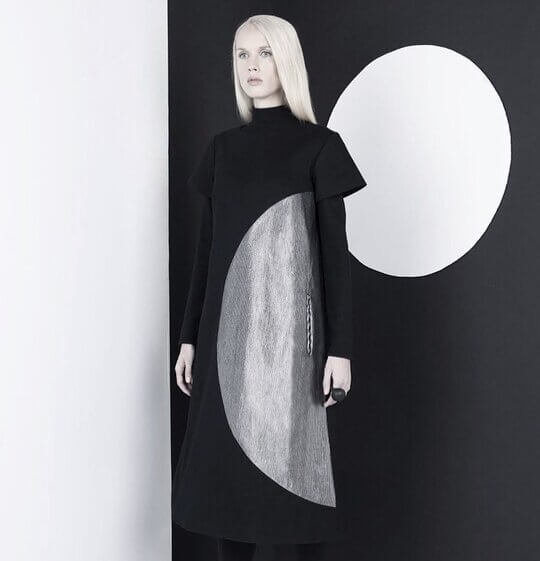
@cameliaskikos
Constructivism in the modern wardrobe is still preserved, but not completely, only partially. Uniform of drivers, for example, are a manifestation of constructivism. The basis of the costume is a simple, logical design, which is also developed, that is, designed, taking into account the specifics of the work.
Fashion runways with constructivism in their pure form rarely come out - not all consumers will understand, so fashion designers prefer not to take risks. And those who want to play with geometry, do it in a measured way, like the Japanese designer Issei Miyake.
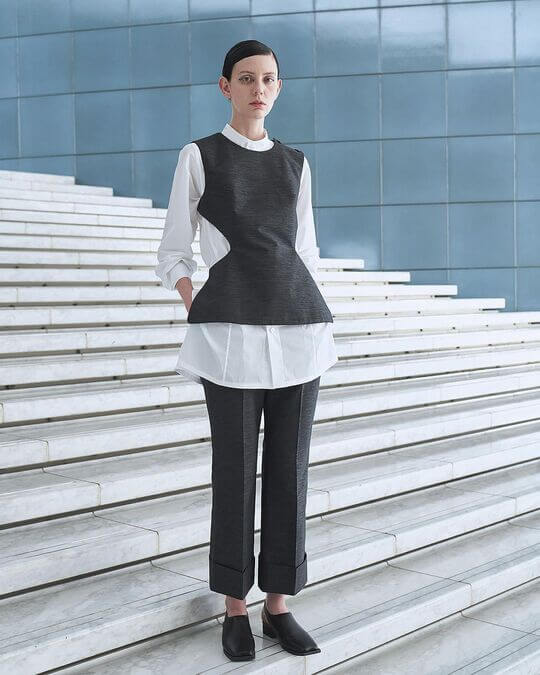
@isseymiyakeofficial
Distinguishing constructivism from, for example, cubism, which is also built on geometric forms, is not easy – even professionals do not always distinguish between different innovative trends. To make it easier, remember three key features of constructivism:
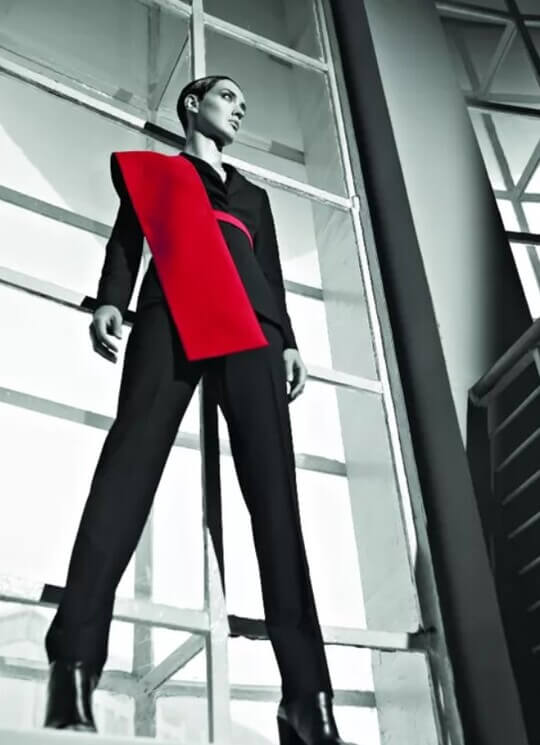
So that you can get acquainted with this already outdated, but curious and original style - below are the options for modern clothes using a constructive approach. Be inspired and, perhaps, something will want to apply in the wardrobe.
Dresses in the style of constructivism. As you can see, almost all of the models are quite wearable. 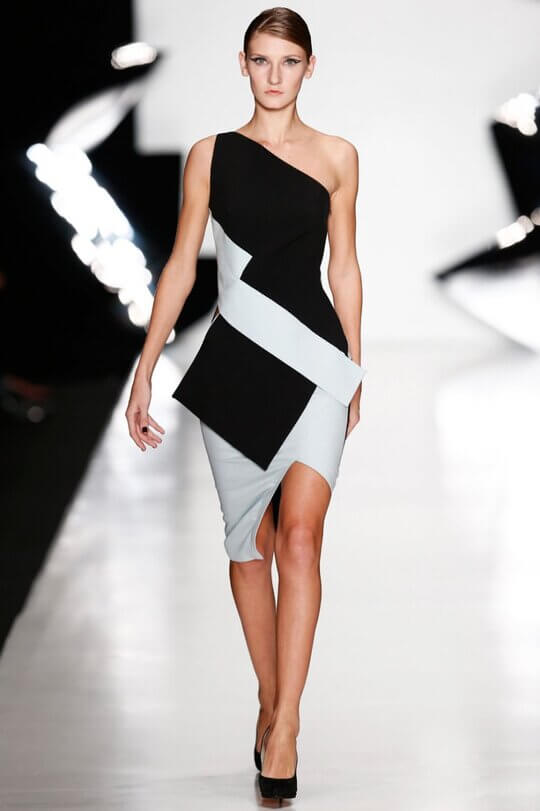
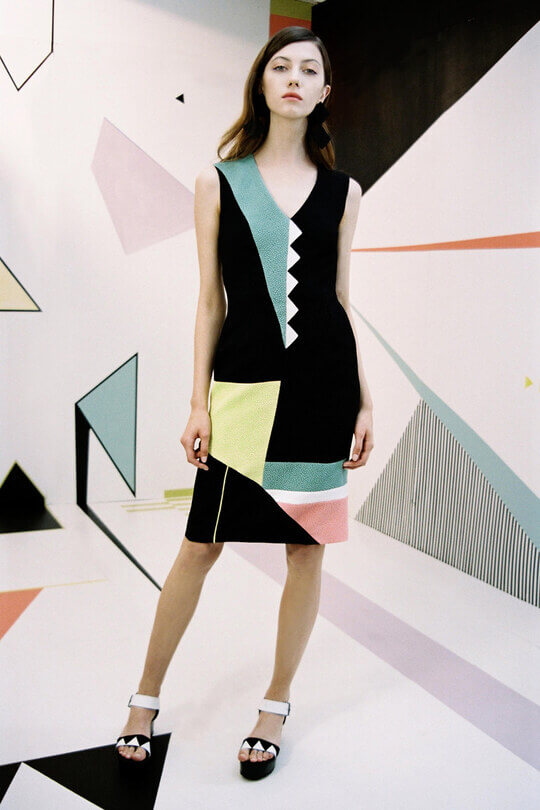
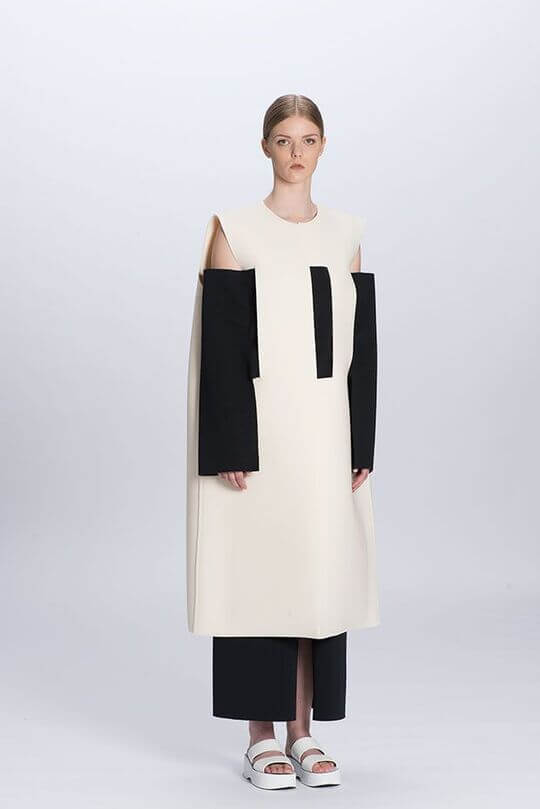
 The style in clothing constructivism is suitable for a business wardrobe - it is moderately modest, although it does not turn to call it boring.
The style in clothing constructivism is suitable for a business wardrobe - it is moderately modest, although it does not turn to call it boring. 


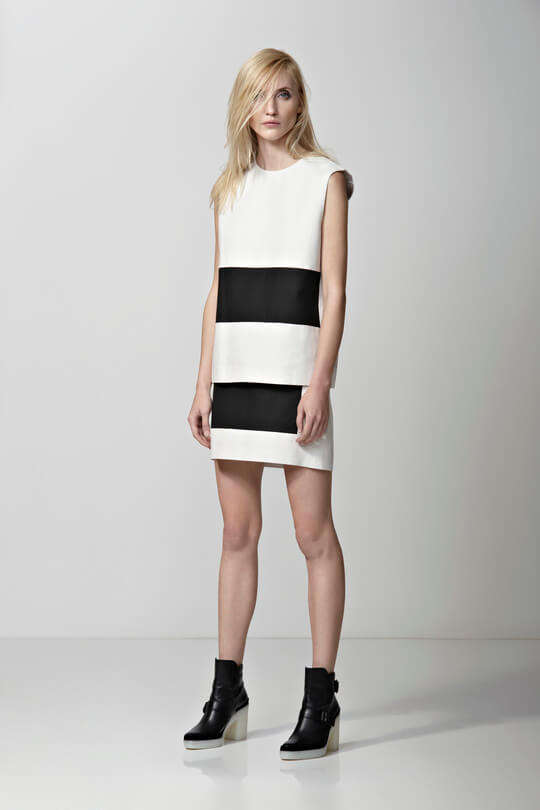 Constructivism has long given way to more modern trends, but elements of constructivism are used by many avant-garde fashion designers - Yoji Yamamoto, Maison Margiela or Alexander McQueen.
Constructivism has long given way to more modern trends, but elements of constructivism are used by many avant-garde fashion designers - Yoji Yamamoto, Maison Margiela or Alexander McQueen.
All clothing styles - in the DRESS Magazine Directory










